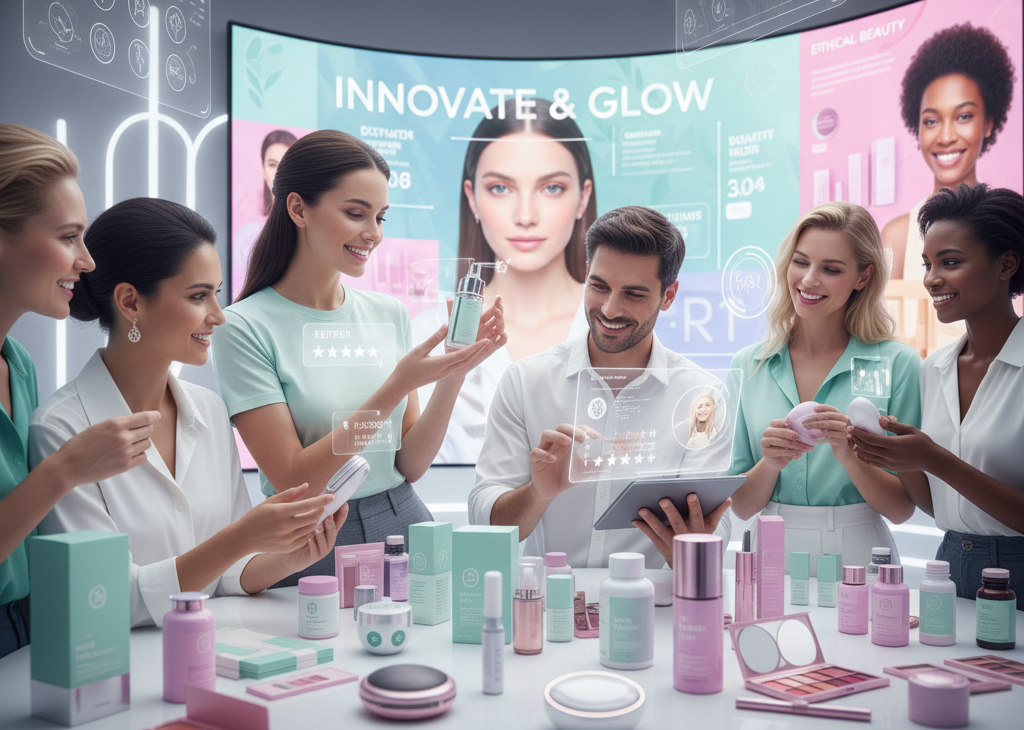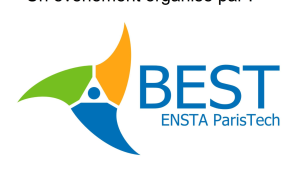The health and beauty industry is a dynamic and thriving market, blending scientific innovation with personal wellness and aesthetics. From skincare and cosmetics to supplements and wellness devices, the way products are sold and purchased has been transformed by digital commerce. Understanding the modern sales and transaction landscape is crucial for brands, retailers, and consumers looking to navigate this highly competitive space.
The Modern Beauty & Wellness Consumer: An Informed and Engaged Audience
Today’s consumer in the health and beauty industry sector is discerning, educated, and actively involved in their purchasing journey. Their decisions are shaped by a number of key factors:
- Ingredient and Efficacy Focus: Consumers are increasingly “skintellectuals,” researching active ingredients, their benefits, and scientific backing. They look for proven results and transparency from brands.
- Personalization: The one-size-fits-all approach is obsolete. Shoppers seek personalized product recommendations based on their skin type, concerns, lifestyle, and unique needs.
- Ethical and Sustainable Values: There’s a strong demand for products that are cruelty-free, vegan, ethically sourced, and sustainably packaged. Brands with a clear commitment to these values build trust and loyalty.
- Social Proof and Influencer Marketing: The beauty and wellness space is heavily influenced by user reviews, before-and-after photos, and recommendations from influencers, dermatologists, and beauty gurus on platforms like Instagram and TikTok.
- Convenience and Experience: Consumers expect a seamless shopping experience, whether online or in-store, with easy navigation, clear product information, and flexible payment and delivery options.
- Education and Content: Shoppers want to be educated, not just sold to. They seek out brands that provide valuable content, tutorials, and tips that help them achieve their wellness or beauty goals.
Key Sales Channels and Transaction Models in Health & Beauty
The industry utilizes a diverse array of channels to connect products with consumers, each offering a unique experience:
1. Direct-to-Consumer (D2C) E-commerce
Many modern health and beauty brands thrive by selling directly from their own websites. This model offers several advantages:
- Full Control: Brands can control their messaging, customer experience, and data.
- Community Building: They can foster a direct relationship with their customers through newsletters, loyalty programs, and social media engagement.
- Higher Margins: By cutting out the middleman, brands can often achieve higher profit margins.
2. Online Marketplaces & Retailers
Platforms like Sephora, Ulta, Amazon, and Lookfantastic serve as massive digital storefronts.
- Wider Reach: Brands can tap into these platforms’ enormous customer bases.
- Discovery: Consumers can discover new brands and compare products easily.
- Customer Trust: These established retailers provide a level of trust and streamlined transaction process that can be appealing to shoppers.
3. Brick-and-Mortar Retail
Physical stores, including specialty beauty stores, pharmacies, and department store counters, remain vital for several reasons:
- Sensory Experience: Consumers can touch, smell, and try on products before purchasing.
- Expert Consultation: In-store associates can provide personalized advice and demonstrations.
- Immediate Gratification: Shoppers can walk out with their products immediately.
4. Subscription Boxes
This model has found great success in beauty and wellness. Companies like Birchbox and Ipsy offer curated boxes of products, providing a discovery service and a recurring revenue stream.
5. Affiliate and Influencer Marketing
Transactions are often driven by referral links. An influencer promotes a product to their followers, and when a sale is made through a unique link, the influencer earns a commission. This model leverages trust and social proof to generate sales.
The Transaction Process: From Research to Re-purchase
The journey of a health and beauty industry product, from a shopper’s discovery to their re-purchase, is a multi-stage process:
1. Discovery and Research
The process often begins with a problem to solve (e.g., acne, dry skin, fatigue) or a trend to explore. Consumers research ingredients, read reviews, and watch tutorials. This stage is heavily influenced by search engines, social media, and word-of-mouth.
2. Personalization and Selection
Using brand websites or retailer tools, consumers narrow down their options. Many sites offer quizzes or virtual try-on tools to help customers find the right shade or product for their needs.
3. Purchase Transaction
This stage involves adding items to a cart, entering payment information, and completing the sale. The transaction should be seamless, secure, and offer various payment methods, including digital wallets and “buy now, pay later” services.
4. Post-Purchase Engagement and Support
The relationship doesn’t end after the sale.
- Order Tracking & Delivery: Prompt and transparent communication about shipping is essential.
- Customer Service: Offering support for product questions, usage instructions, or returns.
- Reviews and Feedback: Encouraging customers to leave reviews helps build a community and provides valuable data.
- Re-purchase Triggers: Sending personalized emails with re-order reminders, new product launches, or loyalty rewards.
Optimizing for Search Engines (SEO) in Health & Beauty Sales
To stand out in this crowded marketplace, a strong Search Engine Optimization (SEO) strategy is non-negotiable.
- Keyword Research: Target keywords related to product types (“anti-aging serum”), specific ingredients (“hyaluronic acid benefits”), skin concerns (“best foundation for oily skin”), and wellness goals (“natural sleep aids”). Long-tail keywords are particularly effective.
- High-Quality Product Content: Each product page should have a unique, detailed, and keyword-rich description. Include a list of ingredients, how to use the product, and its key benefits.
- User Reviews & Ratings: Google loves user-generated content. Encourage customers to leave reviews on your product pages and implement schema markup to display star ratings in search results.
- Content Marketing: Create a blog with educational content. Write articles like “A Guide to Vitamin C Serums,” “Your Skincare Routine Order,” or “10-Day Detox Plan.” This builds authority and attracts organic traffic from informational searches.
- Technical SEO: Ensure your site is fast, mobile-friendly, secure (HTTPS), and has a clear site structure. Optimize images for fast loading times.
- Video Content: Create tutorial videos, product reviews, and brand stories for YouTube. Video content is highly engaging and ranks well in search results.
- Backlinks: Secure backlinks from reputable beauty blogs, wellness magazines, and news outlets.
The Future of Health & Beauty Transactions: Innovation and Connection
The industry is poised for continued transformation. We can expect to see:
- Hyper-Personalization: Using AI to create custom formulations and product recommendations.
- Augmented Reality (AR): Virtual try-on features for makeup and hair color.
- Conscious Commerce: Continued growth in demand for transparent, sustainable, and ethical brands.
- Social Commerce: More brands selling directly through social media platforms.
By embracing these trends, prioritizing customer experience, and building a strong digital presence, brands in the health and beauty sector can achieve lasting success in this dynamic market.






